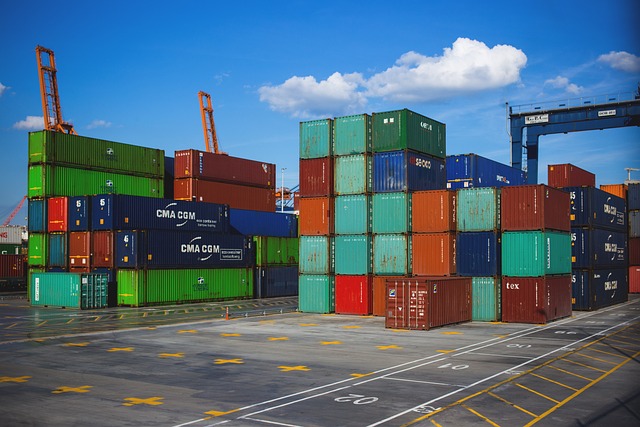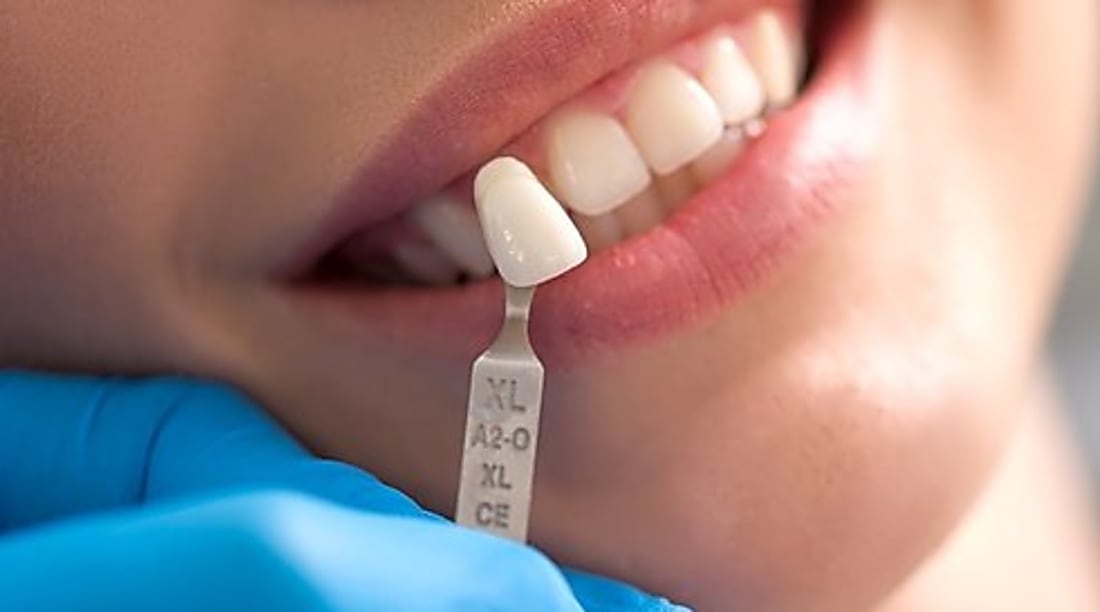Medicine Delivery Drivers: Innovation in the Medicine Landscape
The healthcare industry has witnessed a significant transformation in how patients receive their medications. Medicine delivery drivers have become essential workers who bridge the gap between pharmacies and patients, ensuring timely access to vital prescriptions. This service has grown particularly important for elderly individuals, those with mobility challenges, and patients managing chronic conditions who depend on regular medication schedules.

Modern healthcare extends beyond hospital walls and clinic visits. The rise of medicine delivery services represents a fundamental shift in how communities access pharmaceutical care. Professional drivers now play a crucial role in maintaining health outcomes by ensuring medications reach patients without delay or complication.
Discover How Medicine Delivery Drivers Ensure Your Prescriptions Reach You Quickly
Medicine delivery drivers operate within carefully coordinated systems designed to prioritize speed and accuracy. These professionals receive specialized training to handle pharmaceutical products, understanding proper storage requirements, temperature controls, and handling procedures. Upon receiving delivery assignments, drivers follow optimized routes that account for traffic patterns, weather conditions, and delivery time windows.
The process begins when pharmacies prepare prescriptions and schedule deliveries through digital platforms. Drivers collect packages that include detailed patient information, medication instructions, and any special handling requirements. GPS tracking systems allow both pharmacies and patients to monitor delivery progress in real time, providing transparency and peace of mind.
Many delivery services implement same-day or next-day delivery options, recognizing that medication delays can have serious health consequences. Priority systems ensure that urgent prescriptions, such as antibiotics or pain management medications, receive immediate attention. This rapid response capability has proven particularly valuable during health emergencies and for patients with acute conditions.
Learn How Reliable Delivery Services Improve Access to Essential Healthcare
Accessibility remains a cornerstone of effective healthcare delivery. Medicine delivery services remove significant barriers that prevent patients from obtaining necessary treatments. Individuals living in rural areas, those without reliable transportation, and people with disabilities benefit tremendously from having medications brought directly to their homes.
The convenience factor extends beyond physical accessibility. Busy professionals, parents managing household responsibilities, and caregivers supporting multiple family members find that delivery services save valuable time. Rather than making pharmacy trips during limited business hours, patients can schedule deliveries that fit their routines.
Reliable delivery services also support medication adherence, a critical factor in treatment success. When patients can count on regular, predictable delivery of maintenance medications, they are more likely to take prescriptions as directed. This consistency helps manage chronic conditions like diabetes, hypertension, and heart disease more effectively.
Delivery services have expanded healthcare equity by reaching underserved populations. Mobile pharmacy units and dedicated delivery routes now serve communities that previously lacked convenient pharmacy access. This expansion has reduced health disparities and improved overall community wellness indicators.
Explore Why Professional Drivers Make Medicine Delivery Safe and Convenient
Safety protocols distinguish professional medicine delivery from standard courier services. Drivers undergo background checks, receive HIPAA privacy training, and learn proper medication handling techniques. They understand the importance of maintaining cold chain integrity for temperature-sensitive medications and follow strict protocols to prevent contamination or damage.
Professional drivers verify patient identity before handing over medications, protecting against delivery errors and ensuring prescription security. Many services require signature confirmation, creating an audit trail that documents successful delivery. This accountability protects both patients and pharmacies from potential disputes or complications.
The human element of professional delivery service adds value beyond simple package transport. Drivers often serve as friendly faces who check on regular patients, particularly elderly individuals who may have limited social contact. While maintaining professional boundaries, these interactions provide informal wellness checks that can alert healthcare providers to potential concerns.
Convenience features continue to evolve with technology integration. Patients can communicate delivery preferences, request specific time windows, and receive automated notifications about delivery status. Contactless delivery options, which gained prominence during the pandemic, remain popular for their efficiency and privacy benefits.
Professional training also prepares drivers to handle challenging situations, such as delivering to patients with cognitive impairments or communicating with non-English speaking recipients. This cultural competency and adaptability ensures that diverse patient populations receive respectful, effective service.
The Technology Behind Modern Medicine Delivery
Digital platforms have revolutionized medicine delivery operations. Sophisticated software systems manage inventory, coordinate routes, track deliveries, and maintain compliance records. Pharmacy management systems integrate with delivery platforms, creating seamless workflows that minimize errors and delays.
Mobile applications empower patients with control over their medication delivery experience. Users can refill prescriptions, schedule deliveries, communicate with pharmacists, and access medication information through single interfaces. Push notifications keep patients informed about prescription status, delivery timing, and any potential issues requiring attention.
Data analytics help delivery services optimize operations continuously. Route planning algorithms consider multiple variables to maximize efficiency while maintaining service quality. Performance metrics track delivery times, customer satisfaction, and operational costs, enabling ongoing improvements.
Regulatory Framework and Quality Standards
Medicine delivery services operate within strict regulatory frameworks designed to protect patient safety and privacy. State and federal regulations govern how medications can be transported, who can handle them, and what documentation must be maintained. Delivery services must comply with pharmacy board requirements, maintain proper licensure, and submit to regular inspections.
Quality assurance programs ensure consistent service delivery. Regular audits verify that drivers follow protocols, vehicles meet maintenance standards, and storage conditions remain appropriate. Incident reporting systems capture any problems, allowing organizations to implement corrective actions and prevent recurrence.
Insurance requirements protect patients and service providers. Delivery companies maintain liability coverage that addresses potential medication damage, delivery errors, or other complications. This financial protection provides additional security for all parties involved in the delivery process.
Future Developments in Medicine Delivery
The medicine delivery sector continues to evolve with emerging technologies and changing healthcare needs. Drone delivery trials show promise for reaching remote locations quickly, though regulatory approval and safety considerations remain under development. Autonomous vehicle technology may eventually transform delivery operations, though human oversight will likely remain important for patient interaction and problem-solving.
Integration with telehealth services creates comprehensive remote healthcare solutions. Patients can consult with healthcare providers virtually and receive prescribed medications through coordinated delivery services, eliminating the need for in-person visits in many situations. This integration particularly benefits patients managing chronic conditions that require regular monitoring and medication adjustments.
Expanded service offerings may include medication therapy management, where delivery drivers work alongside pharmacists to provide education and support. Some services already offer medication synchronization, coordinating multiple prescriptions to arrive together, simplifying management for patients taking several medications.
Medicine delivery drivers have become indispensable healthcare workers who ensure patients maintain access to essential treatments. Through professional training, technological support, and commitment to service quality, these individuals contribute significantly to positive health outcomes. As healthcare continues evolving toward patient-centered, accessible models, medicine delivery services will remain vital components of comprehensive care delivery systems.




